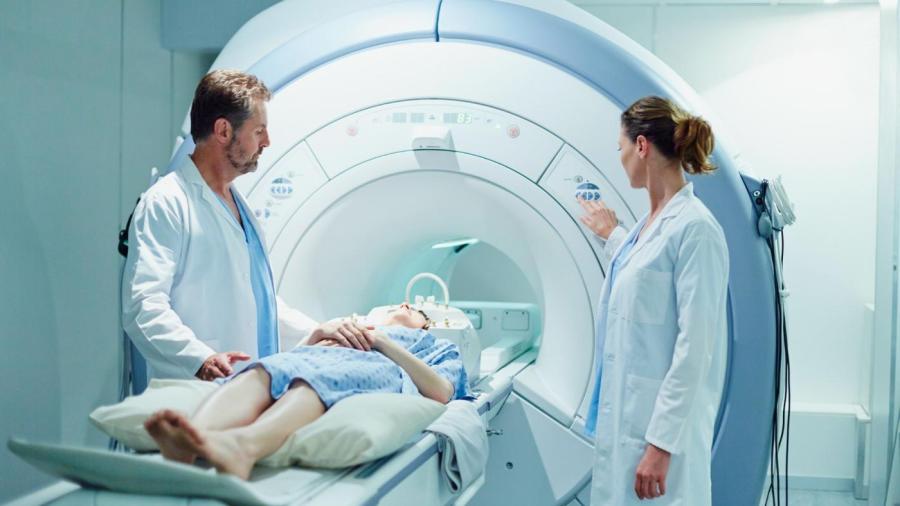What Is the Purpose of an MRI?

The Encyclopedia of Children’s Health states that the purpose of an MRI, which stands for magnetic resonance imaging, is to generate images of the body to assist doctors in diagnosing diseases or conditions and evaluating injuries. Additionally, the National Health Service explains that the results of an MRI scan are useful in planning treatments and assessing the effectiveness of a previous treatment.
Doctors use MRI scans to examine almost any body part, including the brain, spinal cord, bones, joints, heart, blood vessels, breasts, and other internal organs like the womb, liver and prostate gland. The National Health service describes that this is possible because MRIs use radio waves and magnetic fields to generate detailed images of the body’s anatomy. It can also detect tiny changes in structures inside the body.
Dr. William C. Shiel Jr. of MedicineNet claims that an MRI scan is an incredibly accurate method of detecting diseases throughout the body, and it is typically used when other testing methods fail to provide adequate information to confirm the diagnosis of a patient. Brain trauma can be viewed as swelling or bleeding. Other abnormalities can also be found, including brain aneurysm, tumor, stroke and spine inflammation.
According to MedicineNet, neurosurgeons use this not only to define brain anatomy but also to evaluate the integrity of the spinal cord after certain trauma. MRI scans are also used to consider problems related to the vertebrae and intervertebral discs of the spine, and they are also prevalent in evaluating the heart and aorta’s structure to detect aneurysms or tears.





